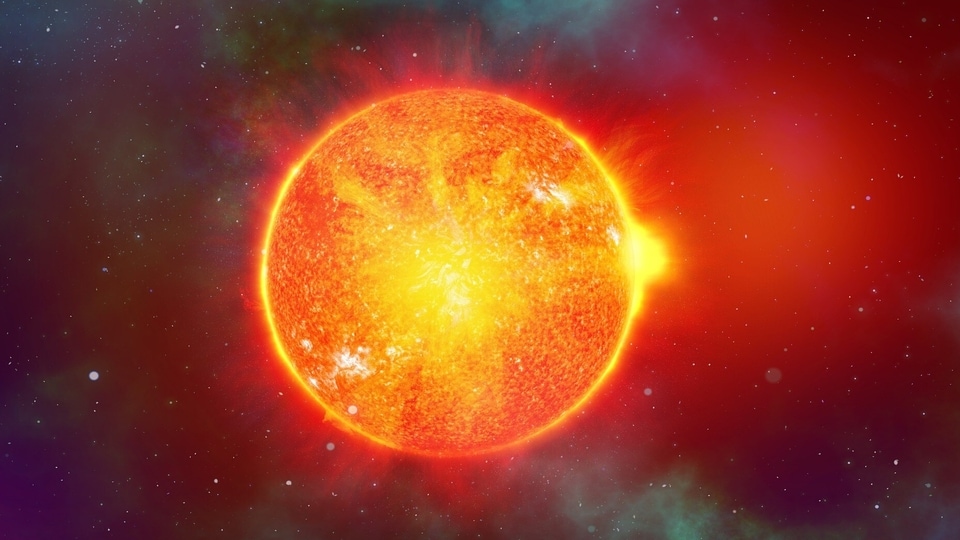WARNING! Huge Solar Storm could trigger scary Geomagnetic Storm today, August 18
The Solar Storm is expected to hit Earth today, August 18 and it will trigger a scary Geomagnetic Storm. Here’s more about it.
_1639373804152_1659933055983_1659933055983.jpg)
_1650614444757_1650614518141.png)




 View all Images
View all ImagesEarth will be hit by a solar storm today, Thursday, August 18. The solar storm is said to be generated through a Cannibal Coronal Mass Ejection that was shot from the Sun's atmosphere, resulting in high-speed solar winds making their way to Earth. 2 CMEs were released from the Sun's surface due to dark plasma eruption on August 14. While one was slow the other was ejected at higher speeds and it cannibalised the one in the front. The combined solar storm is now hurtling towards Earth and it will spark a scary Geomagnetic storm here.
According to spaceweather.com, “Travelling faster than 600 kmps, the plume tore through the Sun's outer atmosphere, creating a coronal mass ejection (CME). Images from the Solar and Heliospheric Observatory (SOHO) confirm that the CME has an Earth-directed component.”
The high-speed solar winds interact with the Earth's electromagnetic field and cause the formation of Geomagnetic storms. According to NASA, a geomagnetic storm is a major disturbance of Earth's magnetosphere which occurs when there is a strong exchange of energy from the solar wind in the space above Earth.
Solar storms are divided into 5 classes from G-1 to G-5. The G-1 is the lowest impact solar G5 is given to the most severe solar storms.
When a solar storm hits the Earth's magnetic field, the resultant geomagnetic storm can kill radio communications and affect the power grid, even causing blackouts with homes left without electricity. It can cause power and radio blackouts for several hours or even days. However, electricity grid problems occur only if the solar flare is extremely strong.
On the other hand, solar storms also cause an extremely beautiful night-sky phenomenon known as Auroras or Northern Lights, which attract astronomers, sky watchers as well as others with stunning streaks of colour across the night sky.
The frequency of solar flares is set to increase in the coming years as the Sun reaches the peak of its 11-year solar cycle, likely to be around 2025.
Catch all the Latest Tech News, Mobile News, Laptop News, Gaming news, Wearables News , How To News, also keep up with us on Whatsapp channel,Twitter, Facebook, Google News, and Instagram. For our latest videos, subscribe to our YouTube channel.
































